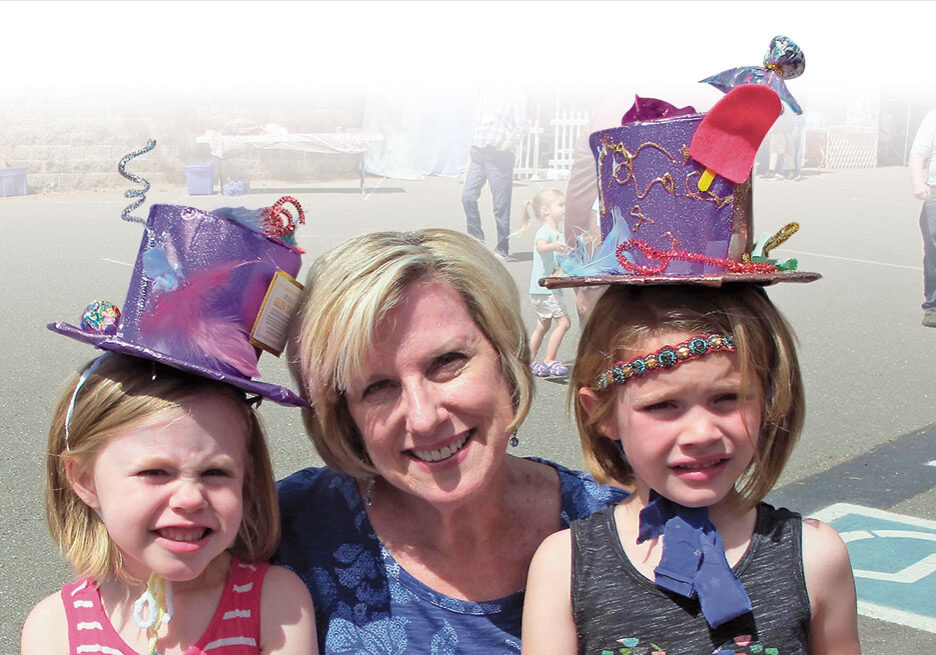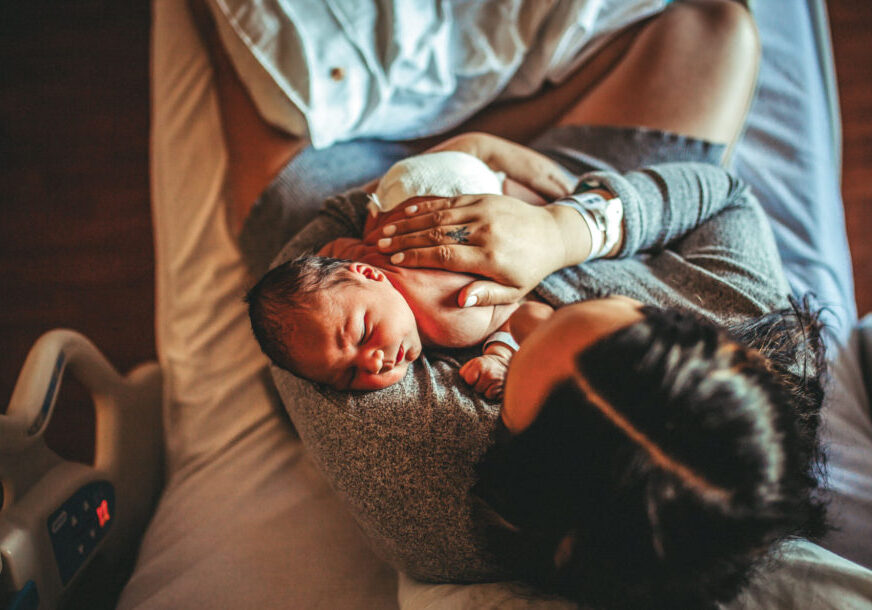Every Halloween, you may marvel at the kaleidoscope of colorful candies your children collect when they go trick-or-treating. While you might assume these sweets are harmless, the scary truth is that a nasty surprise lurks inside that candy rainbow.
In fact, the bright colors are typically the result of petroleum-based food dyes, most of which are produced in overseas petrochemical factories. These additives have been shown to trigger temper tantrums, hyperactivity, impulsivity, and inattention (the symptoms of attention deficit hyperactivity disorder).
If your children act up after eating their Halloween candy, they may be reacting to the synthetic food dyes (not just sugar). That’s why many teachers and parents consider the day after Halloween to be the worst day of the year. I call this phenomenon “Halloween Hangover.”
Research backs this up. For example, a 2012 study published in Neurotherapeutics concluded that synthetic food dyes “seem to affect children regardless of whether or not they have ADHD and may have an aggregated effect on classroom climate.” If most students in a class have even a small behavioral reaction to these additives, the results can be schoolroom chaos.
A landmark study published in the British medical journal Lancet also found that all children react to synthetic food dyes, with many becoming hyperactive, impulsive and inattentive. The authors of this study later reported to the British government that the harm done by artificial food dyes to children’s IQ is similar to the impact of lead on their developing brains and that banning these additives could result in a 30 percent reduction in the prevalence of ADHD in children.
Most food dye studies actually underestimate these additives’ effects on children’s behavior, because the amounts of dyes they test are often much less than what many kids consume on a daily basis.
In fact, a new study by Purdue University (published in Clinical Pediatrics) measured the actual amounts of dyes found in foods and candies targeted to children and concluded that kids are consuming far more of these additives than previously thought. For example, a handful of M&Ms and a package of regular Skittles have more synthetic dye (63 mg) than is typically given to children in research studies.
When you consider that the small amounts of dyes used in scientific studies have shown profound effects on children’s behavior and health, it is frightening to imagine what can happen when your kids gorge themselves on a sack of dye-filled Halloween candies.
Public concern about the safety of synthetic food dyes and other harmful food additives has recently prompted hundreds of thousands of people to sign petitions to the food industry calling for the removal of these additives from their products.
Parents in Europe have an advantage over those here, because the European Union requires labels on most artificially colored foods to warn that the additives “may have an adverse effect on activity and attention in children.”
Until the Food and Drug Administration bans these additives in the United States or American food companies remove them from their products, what can you do to make Halloween safer for your kids without exorcising all the fun?
The following tips will help:
- Feed them first. Feed your children a nourishing meal before they go trick-or-treating. A full stomach will reduce their temptation to sample their bag of sweets while they go from door to door.
- Hand out natural candies. Give your kids and the trick-or-treaters who visit you natural candies.
- Check labels. When your children return from trick-or-treating, check the candy labels and discard any sweets with synthetic dyes, such as Red 40, Yellow 5 or Blue 1. Also toss any brightly colored ones without ingredient lists, since they probably contain dyes. Have a stash of low-additive candies handy to replace the ones you toss out.
- Check out farm or harvest festivals. Many farms and orchards have autumn or Halloween festivals with kid-friendly activities like pumpkin decorating, corn mazes, hayrides and costume parties.
- Have a scary movie marathon. Make Halloween a big movie night for the kids. The films should be age-appropriate and could include titles like “Harry Potter and the Sorcerer’s Stone,” “Ghostbusters,” and “Gremlins.” You could also include classics, such as “Frankenstein,” “The Wolfman,” or “The Fly.”
- Visit a local history museum. Many local history museums have Halloween-themed events like haunted houses or candlelight history reenactments.
- Throw a pumpkin decorating party. Toddlers would enjoy decorating small pumpkins with stickers, feathers, buttons and other items. You could give out prizes for the best ones.
With a little imagination, you can make Halloween less stressful, take the emphasis off candy, and still offer your children lots of fun things to do.
References
Arnold et al. Artificial Food Colors and Attention Deficit/Hyperactivity Symptoms: Conclusions to Dye for. Neurotherapeutics. 2012, Vol. 9, pp. 599-609.
McCann et al. Food additives and hyperactive behaviour in 3-year-old and 8/9-year-old children in the community: a randomized, double-blinded, placebo-controlled trial. Lancet. Nov. 2007, Vol. 370(9598), pp. 1560-1567.
“Banning food additives ‘could cut hyperactivity by 30 per cent,’” Daily Mail, April 2008.
Stevens et al. Amounts of Artificial Food Dyes and Added Sugars in Foods and Sweets Commonly Consumed by Children. Clinical Pediatrics. April 24, 2014.
“Modernising the rules on food additives and labelling of azo dyes,” European Parliament, July 8, 2008.
Posted in: Community
Comment Policy: All viewpoints are welcome, but comments should remain relevant. Personal attacks, profanity, and aggressive behavior are not allowed. No spam, advertising, or promoting of products/services. Please, only use your real name and limit the amount of links submitted in your comment.
You Might Also Like...

The Bond Between Grandparents and Grandchildren
Grandparents Day is September 9th, but smart parents regularly celebrate the vital role that grandparents play in their family’s life every day. The strong bond between grandparents and their grandchildren […]

Surviving a House Fire
With so many recent wildfires in the North State, alerts and evacuation orders are becoming common; but with a house fire, there is rarely advance warning. Sometimes it’s a quiet […]
10 (and Then Some) Family-Fun Things To Do in Sacramento
Whatever your family’s preference for fun, Sacramento offers an abundance of options sure to please even the most discriminating of visitors. Whether outdoor or indoor fun, historic or cultural treasure, […]
Gratitude from a Successful Local Mom
Amy Lacey of Cali’flour Foods is grateful to her community, family and business team for exponential growth. Her success has allowed her to give back to causes she is passionate […]



